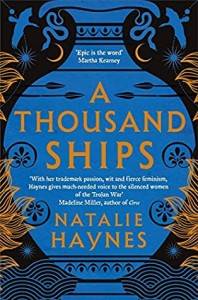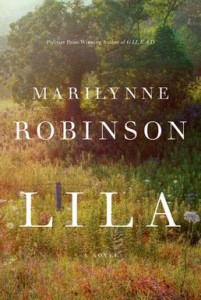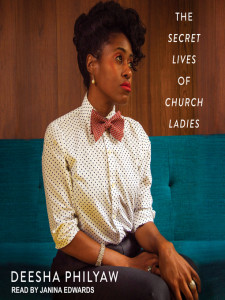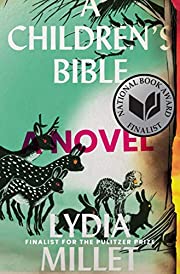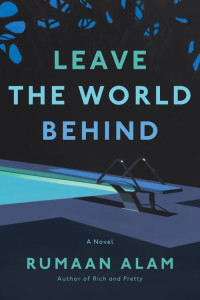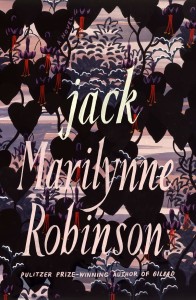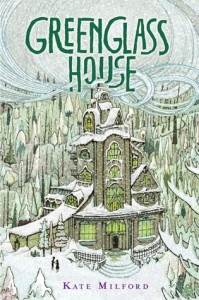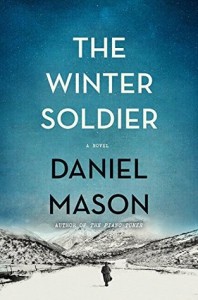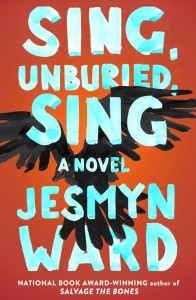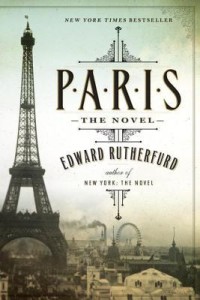It starts with fire—after the muse has her say about the poet’s invocation, of course. Creusa, wife of Aeneas, awakens to find the Citadel, the highest point of the city of Troy on fire. Her husband and five-year-old son missing, and the fire is rapidly spreading throughout the city.
The city is falling. But that’s impossible. Troy has won the war. Just a few days earlier, they had seen the ships sail away, the Greeks finally giving up after ten grueling years of war without winning back Helen, who had started it all. And yesterday for the first time in all those long years, the gates of Troy were opened and its citizens walked out, only to find a magnificent offering to the gods left by their enemies on the beach: a huge wooden horse.
Haynes deftly slips in this background as Creusa frantically tries to escape the burning city. This outstanding book is a reimagining of the events around the Trojan War through the eyes of the women involved: Greeks, Trojans, goddesses, muses, Fates. As the muse Calliope says:
There are so many ways of telling a war: the entire conflict can be encapsulated in just one incident. One man’s anger at the behaviour of another, say. A whole war – all ten years of it – might be distilled into that. But this is the women’s war, just as much as it is the men’s, and the poet will look upon their pain – the pain of the women who have always been relegated to the edges of the story, victims of men, survivors of men, slaves of men – and he will tell it, or he will tell nothing at all. They have waited long enough for their turn.
Even with a multitude of voices, the reader is always firmly grounded: only one narrator per chapter, with the name and often some explanatory information as the chapter title. Plus there are subtle clues in the beginning of the chapter to explain who the woman is. For example, here is the first paragraph of “Theano, wife of Antenor (advisor to Priam) mother of Crino:”
Theano, wife of Antenor, mother of four sons and one daughter, bent over to light the candle and blinked in its small, smoky flame. Mother of four sons who would not bury her, when her time came. Four sons who had not survived the war. Sons obliterated by the folly of another woman’s son. Her tears came from the smoke, and also from the anger which burned at her core, like the wick of the candle she carried to the table and placed in its centre. Her husband sat opposite her, his head in his gnarled hands. She had no pity for him: the war was raging through its tenth year outside the city walls and he was too old to fight. She would have given his remaining life – lived uncomplaining as a widow – to spend a single moment with one of her dead sons.
The through-line of the book follows the women of Troy from the night of Troy’s fall through what happens to them at the hands of the Greek conquerors, while weaving in events from the past and future. For example, there are several letters to Odysseus from Penelope. As she waits the long ten years for his return after the fall of Troy, her tone becomes increasingly barbed.
The bards all sing of the bravery of heroes and the greatness of your deeds: it is one of the few elements of your story on which they all agree. But no one sings of the courage required by those of us who were left behind. It must be easy to forget how long you have been gone, as you bound from one misfortune to another. Always having to make impossible choices, always seizing opportunities and taking risks. That passes the time, I would imagine. Whereas sitting in our home without you, watching Telemachus grow from a baby into a child, and now a handsome youth, wondering if he will ever see his father again? That also takes a hero’s disposition. Waiting is the cruellest thing I have ever endured. Like bereavement, but with no certainty. I’m sure if you knew the pain it has caused me, you would weep. You always were prone to sentiment.
We also get the events that led up to the war and to the fatal night. Haynes’s orchestration of these various pieces is an incredible achievement. Some incidents are slowly unpeeled like an onion, with chapters about other events interspersed between layers. Others are placed just where they will have the most emotional impact or when the reader needs to know about them to understand the next chapter or to see the previous chapter in a new light.
The women are presented so realistically, even the goddesses, that they could easily be people you know. I’ve quoted generously from the book to show how accessible it is to any reader. Haynes includes enough information to orient those who are not familiar with the events described in the Iliad and Odyssey, yet presents all of it in such a novel way that it is fascinating all over again for those who are.
The book reads so easily that I was surprised by the description in the Afterword of Haynes’s extensive research. The historical record of women’s lives from that period is almost nonexistent, so the author really had to dig to find anything about the women in this book, fragments that Haynes could then supplement with her imagination.
I cannot recommend this book highly enough. It is not just a mesmerizing story, one that I could not put down despite knowing how it would all turn out. It is also a textbook for writers on how to reveal information and backstory. And it is a psychological masterpiece, a gorgeous tapestry of women’s lives and ideas and reasons. You’ll never think of the Trojan War—or any war—in quite the same way again.
Every now and then a book comes along that I want to send to everyone I know. What book have you read recently that you’ve recommended to your friends?
